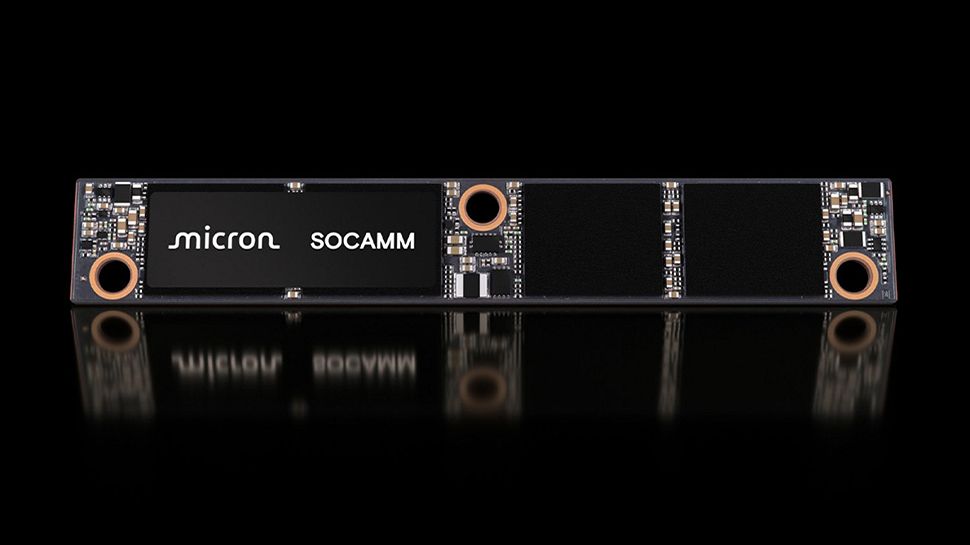
World's biggest RAM vendors develop superior memory form factor exclusively for Nvidia, sorry Intel and AMD
- 23.03.2025 13:33
- techradar.com
- Keywords: AI, Memory, Computing
Micron and SK Hynix are developing SOCAMM memory modules exclusively for Nvidia's AI platforms, offering higher bandwidth, lower power consumption, and a smaller footprint compared to traditional memory solutions. These modules, based on LPDDR5X, are designed specifically for Nvidia's Grace Blackwell platform and cannot be used in Intel or AMD systems. Both companies showcased their SOCAMM solutions at GTC 2025, with Micron leading volume shipments and SK Hynix planning mass production as AI infrastructure demand grows.